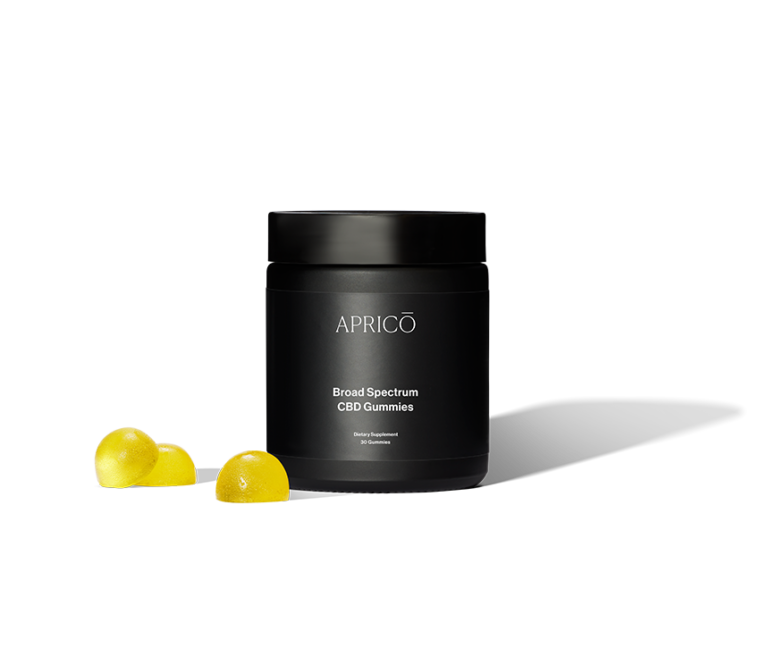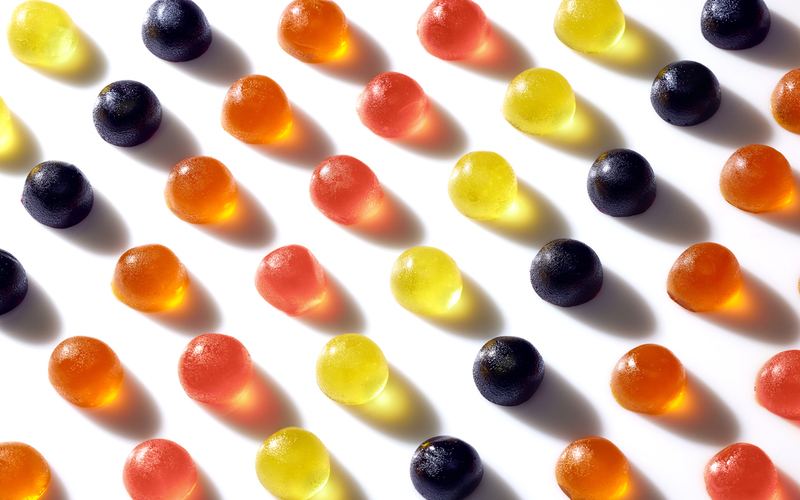Manufacturers in the rapidly growing cannabis gummy, confection, lozenge, beverage, and edible categories have long struggled with consistency and bioavailability issues.
However, the latest scientific research and pharmacokinetic testing data have demonstrated that high-quality nanoemulsions may be the key to providing consumers with faster, more efficacious, and consistent uptake of key ingredients, particularly hard-to-absorb, fat-soluble cannabinoids.

The pharmaceutical industry knows quite well that key ingredients and medications are a waste if the body can’t absorb them.
Likewise, manufacturers of cannabis or THC products should seriously consider why they are taking the time, effort, and money to make a great edible or drinkable product if the key ingredient is in a format that the body cannot readily absorb.
High-quality nanoemulsions can solve that problem and give consumers a consistent experience. They also allow for better dose control, which decreases the variability in effect and onset/offset times.
In a market where it is difficult to differentiate one brand from another, the superior performance and uptake offered by a high-quality nanoemulsion allow manufacturers to stand out. Additionally, the use of nanoemulsions can equate to less money spent on pricey ingredients due to improved bioavailability and potency.
The “Science of Small” — What is a Nanoemulsion?
Cannabis is a highly variable, natural product that requires refining. When manufacturers attempt to incorporate it into food or beverage products, which require specific controls, the challenges can be numerous.
The bioavailability and onset of nanoemulsions are much better, in large part because it simply takes longer for the body to break down and absorb bigger fat droplets. Only when the droplets are sufficiently tiny can they be metabolized and absorbed properly.
A 20-nanometer droplet vs. a 120-nanometer droplet means presenting the body with something that is much more digestible.
There are three main benefits of using nanoemulsions. The first is stability. High-quality nanoemulsions provide a very robust and stable environment for cannabinoid oil droplets, making it highly unlikely that the cannabinoid will find something else in the food matrix that it’s happier attaching to.
The second is dispersibility. Stable emulsions are more readily dispersible into a food matrix and offer a very high level of consistency.
For example, if a manufacturing facility has a beverage tank and the manufacturer needs to ensure that the active ingredients get completely dispersed throughout the tank, a high-quality nanoemulsion can be uniformly and readily dispersed from top to bottom and side to side.
The third is physical stability. As long as the manufacturer does a great job of producing a robust system that will survive the processing (e.g. cooking, pasteurization) the nanoemulsion droplets will be so stable in their macro-environment and their micro-environment that when they’re dispersed into a food matrix, they will stay in that conformation.
High-quality nanoemulsions can greatly improve consistency and bioavailability compared to traditional formats, but how can a manufacturer know if they’ve found a high-quality nanoemulsion?
How to Recognize a High-Quality Nanoemulsion
A simple and cost-effective way to recognize a high-quality nanoemulsion is to visually assess clarity, color, and consistency. Well-made nanoemulsions should be clear or nearly clear.
The reason for this is that the bigger the lipid particles are, the more the visible light is scattered, resulting in a more opaque or milky appearance.
This is the same phenomenon that causes milk to be opaque. Milk contains large fat droplets, meaning that when light hits it, it scatters in all colors and all directions, and the milk appears white.
A high-quality nanoemulsion with very small particles — about 20 nanometers — will be clear on a visual inspection because it will not be scattering visible light; rather, it scatters ultraviolet light.
In this way, a visual inspection can offer a low-tech, easy method of identifying if a nanoemulsion is high-quality. As the mean diameter of the particle size goes down and gets smaller, clarity and stability will go up.

The second way to test the quality of a nanoemulsion is to put it in a centrifuge and spin it, subjecting the liquid to very high gravity. Large droplets have a density difference due to the liquid surrounding them and, as a result, tend to separate.
Correspondingly, a darker layer may appear on the top or bottom of the emulsion, depending on the density. A high-quality nanoemulsion will demonstrate no change after being spun in a centrifuge.
The third method of testing the quality of a nanoemulsion is via laser scattering particle size analysis. This type of scientific analysis involves shining a light into the sample and requires a lab.
A high-end analytical tool like laser scattering lab testing will provide much more information by probing the sample with light to determine what kind of environment the droplets are in and, more specifically, their size.
Once the nanoemulsions dissolve into a food matrix (be it a gummy, lozenge, or confection), it’s possible to use light scattering particle analysis to confirm the nanoemulsions were 20 nanometers when they went in and remained 20 nanometers in the finished product.
We’ve established that nanoemulsions can make very stable, consistent products, but what about measuring their performance?
How to Measure Nanoemulsion Performance
Putting cannabinoids and terpenes into edibles is a tricky business. The best way to measure performance is through human uptake studies, in which people consume the product and have their blood drawn over time.
The blood is then put into a quadrupole mass spectrometer to measure the nanograms or nanomolar concentration of cannabinoids in their blood. It’s a very objective method of determining whether or not a product is doing what it claims to do.
Another performance measurement option is Caco-2 GI permeability assays, wherein a layer of cells separates two liquids, and the test measures how fast the materials migrate from one liquid to the other.
They are great, but they’re also relative because they can only indicate that product X is better than product Y and can’t specifically show how long the update takes and what happens after. So, the preferred testing method is to use a blood draw.
Overall, pharmacokinetic testing data has demonstrated that high-quality nanoemulsions offer excellent uptake, faster effects, and more efficient bioavailability, all of which can provide manufacturers with a real advantage and a strong point of differentiation in a competitive marketplace.
Each of those factors also helps ensure products will deliver a more rewarding and consistent consumer experience, in turn encouraging repeat purchases. Cannabis product manufacturers should not underestimate the value of providing consumers with a consistent product experience where the consumer can trust the expected outcome and have the desired result, time after time.
This article first appeared in Volume 4 Issue 3 of Cannabis & Tech Today. Read the issue here for free.
Author
-
Dr. Shade is the Founder and CEO of Quicksilver Scientific. Learn more at www.quicksilverscientific.com.








